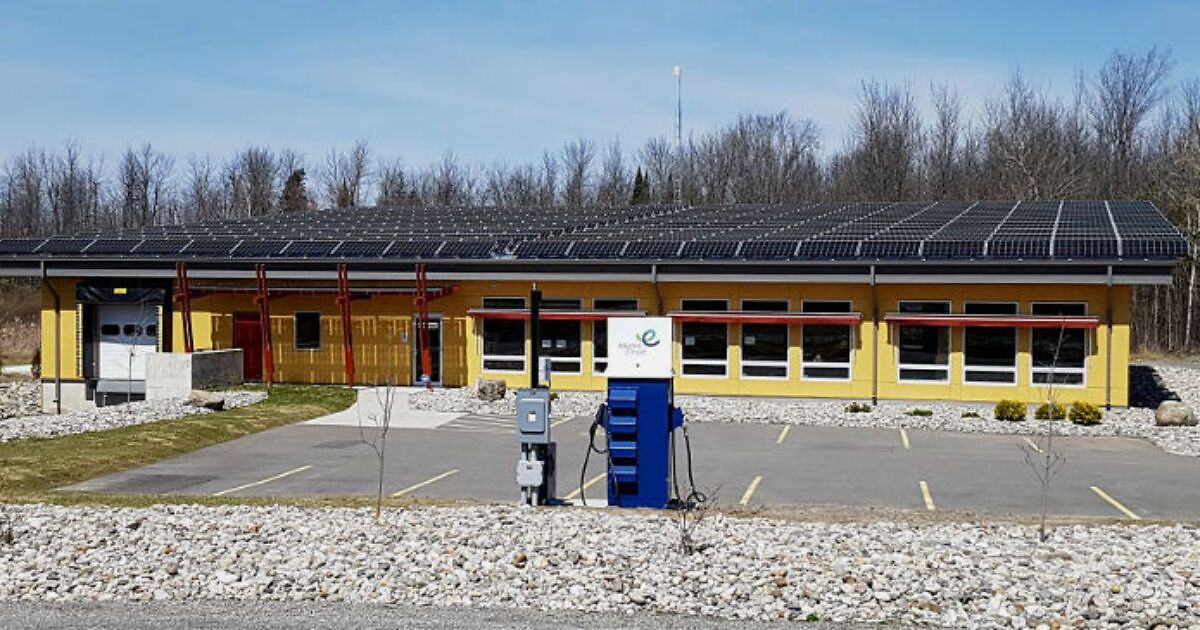MAX-24-Dean
Veteran Member
You asked good questions, my friend. I have the same question. My place is on top of a hill and frequently has 4-30 mph winds. It also has 4-6 days of rain or overcast. My solar is "adequate" and I just added another battery. (5 panels and 5 deep cycle batts). I'm looking into swapping my 100 wt panels for 200 wt panels. The vertical wind generators are tempting but, like you, there are many no wind/light wind days where it would be useless. Looking for reader input.....
I have worked on small wind turbine projects installing grid tie services as an electrical contractor, the only long term happy customers of small wind were 10 kw Bergey wind turbine purchasers.Does anyone here have a wind turbine or two to supplement solar? I have been looking at smaller vertical axis wind turbines, in addition to solar.
No decision yet.
Solar vs wind, after reading this link should be enough to convince propective customers of small wind to stay away from the small wind headache!
The link is one of the best reads I have seen for describing small wind resources and wind requirements for power production.

The Truth About Small Wind Turbines – Solacity
Installing a small wind turbine? Get the information you need for an informed decision: The good and the bad, just the literal truth to help you choose.
